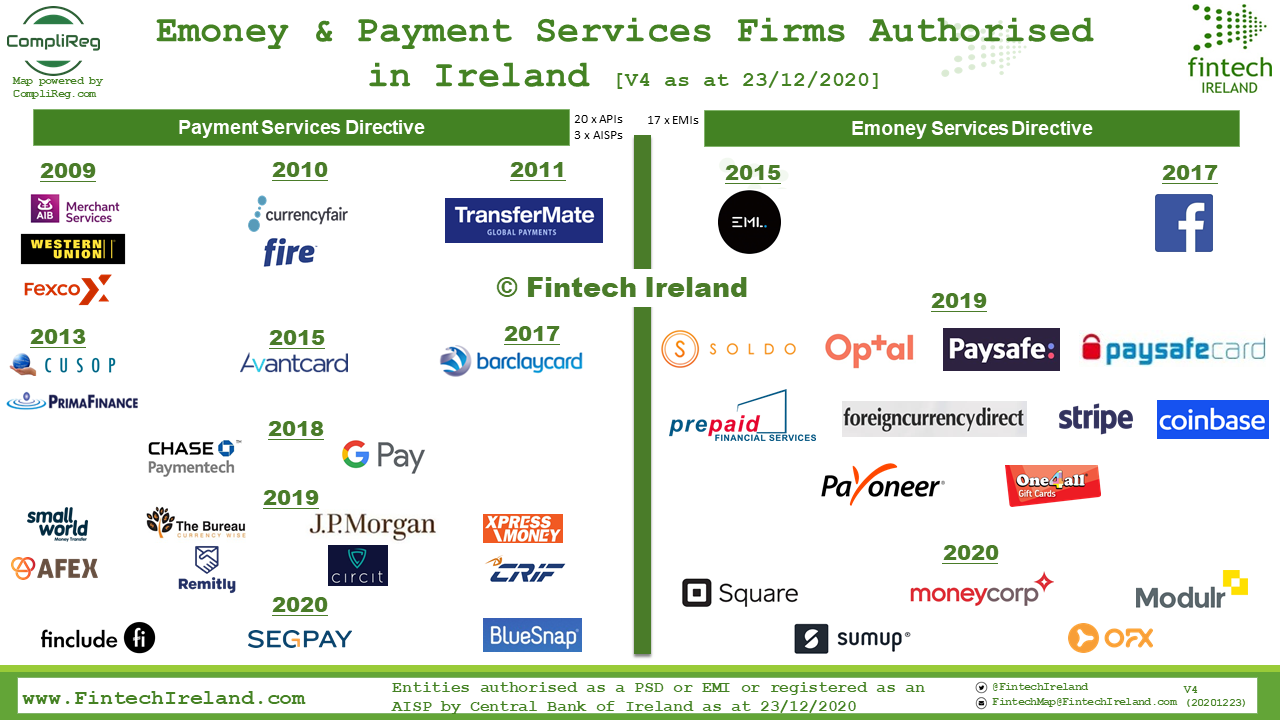The European Commission and the European Central Bank (ECB) are pursuing their efforts towards ensuring a strong and vibrant European digital finance sector and a well-integrated payments sector to respond to new payment needs in Europe. Taking account of digitalisation, rapid changes in the payments landscape and the emergence of crypto-assets the ECB is exploring the possibility of issuing a digital euro, as a complement to cash and payment solutions supplied by the private sector. Following the conclusion of the public consultation on 12 January 2021 and a period of preparatory work, the ECB will consider whether to start a digital euro project towards mid-2021. Such a project would answer key design and technical questions and provide the ECB with the necessary tools to stand ready to issue a digital euro if such a decision is taken. The ECB and the European Commission services are jointly reviewing at technical level a broad range of policy, legal and technical questions emerging from a possible introduction of a digital euro, taking into account their respective mandates and independence provided for in the Treaties.
Read statement in PDF format here.
More on the Public Consultation from media release 13 January 2021:
- Public consultation launched on 12 October 2020 and closed on 12 January 2021.
- 8,221 citizens, firms and industry associations submitted responses to an online questionnaire, a record for ECB public consultations.
- Initial analysis of raw data shows that privacy of payments ranked highest among the requested features of a potential digital euro (41% of replies), followed by security (17%) and pan-European reach (10%).
“The high number of responses to our survey shows the great interest of Europe’s citizens and firms in shaping the vision of a digital euro,” said Fabio Panetta, Member of the ECB’s Executive Board and Chair of the task force on a digital euro. “The opinions of citizens, businesses and all stakeholders are of utmost importance for us as we assess which use cases a digital euro might best serve.”
The Eurosystem task force, bringing together experts from the ECB and 19 national central banks of the euro area, identified possible scenarios that would require the issuance of a digital euro. These scenarios include an increased demand for electronic payments in the euro area that would require a European risk-free digital means of payment, a significant decline in the use of cash as a means of payment in the euro area, the launch of global private means of payment that might raise regulatory concerns and pose risks for financial stability and consumer protection, and a broad take-up of central bank digital currencies issued by other central banks.
A digital euro would be an electronic form of central bank money accessible to all citizens and firms – like banknotes, but in a digital form – to make their daily payments in a fast, easy and secure way. It would complement cash, not replace it. The Eurosystem will continue to issue cash in any case.
A digital euro would combine the efficiency of a digital payment instrument with the safety of central bank money. The protection of privacy would be a key priority, so that the digital euro can help maintain trust in payments in the digital age.
Peter Oakes Post on Linkedin

